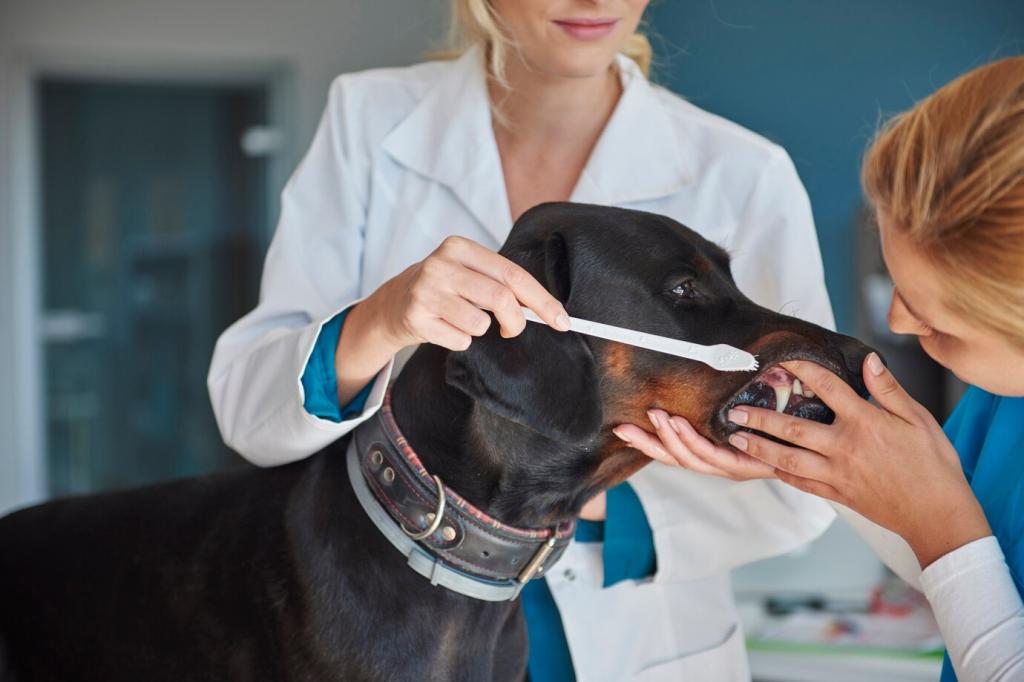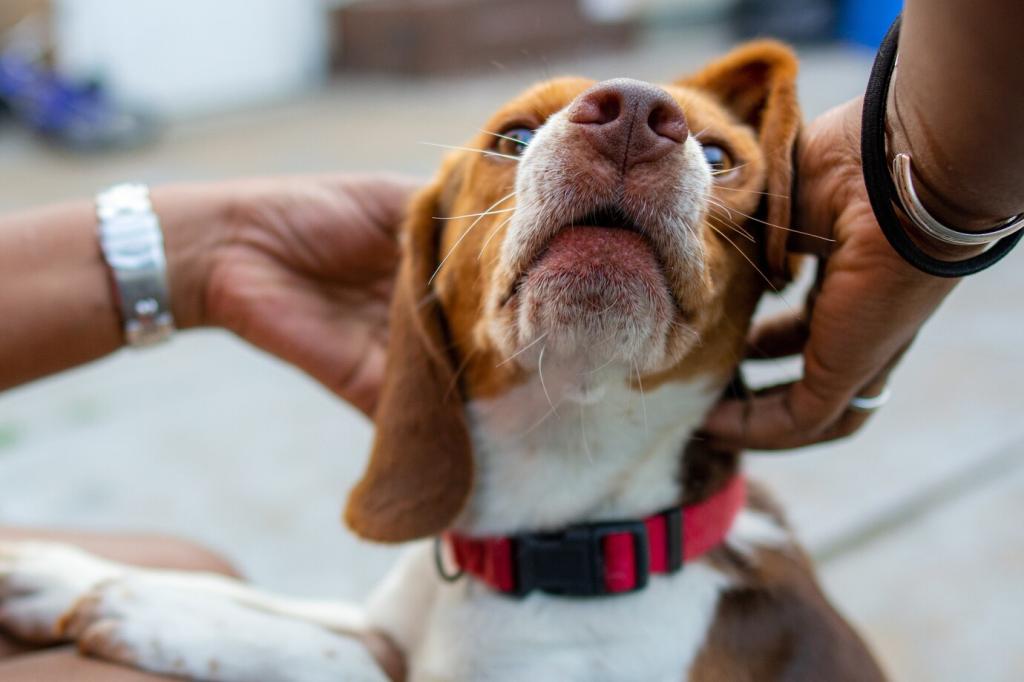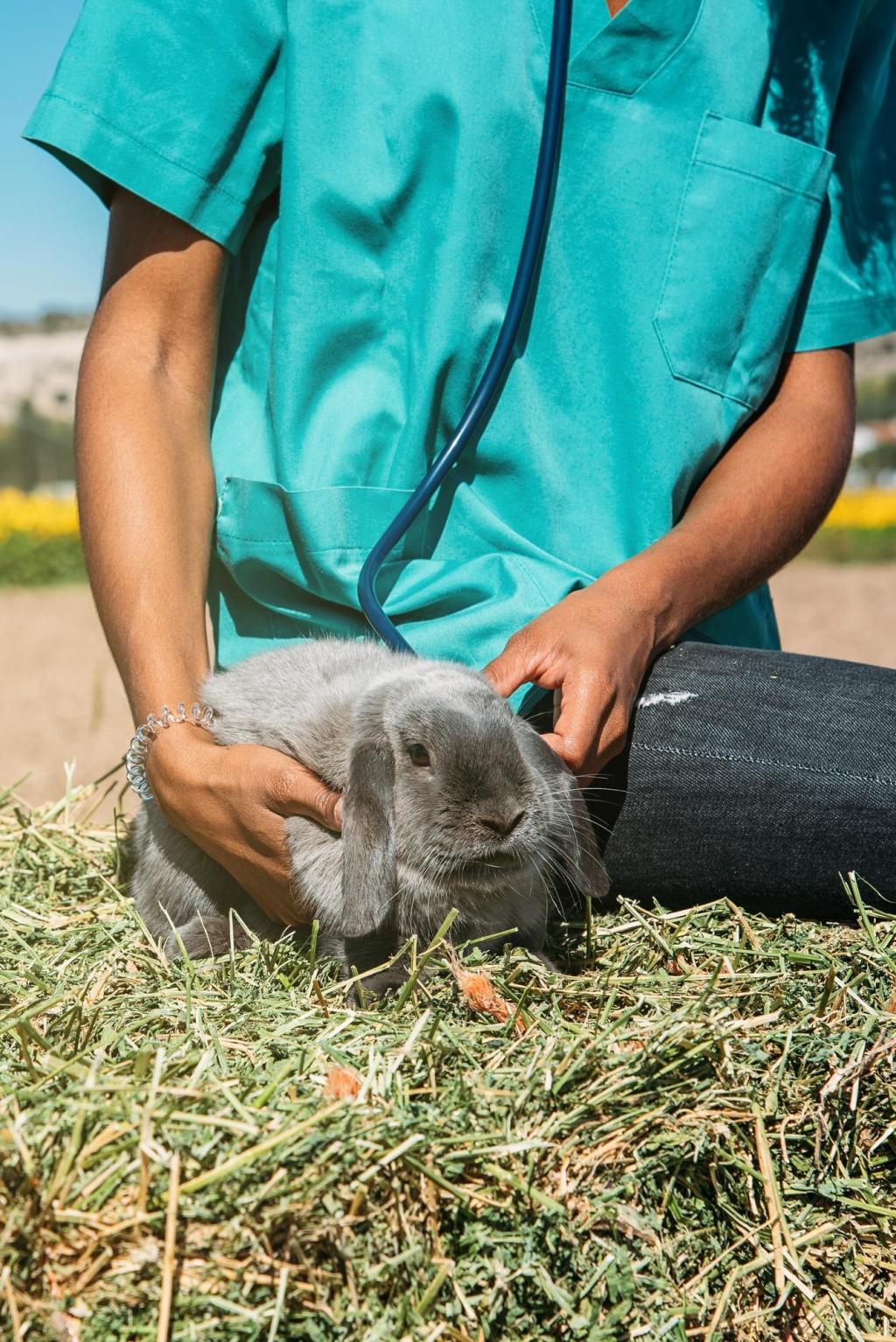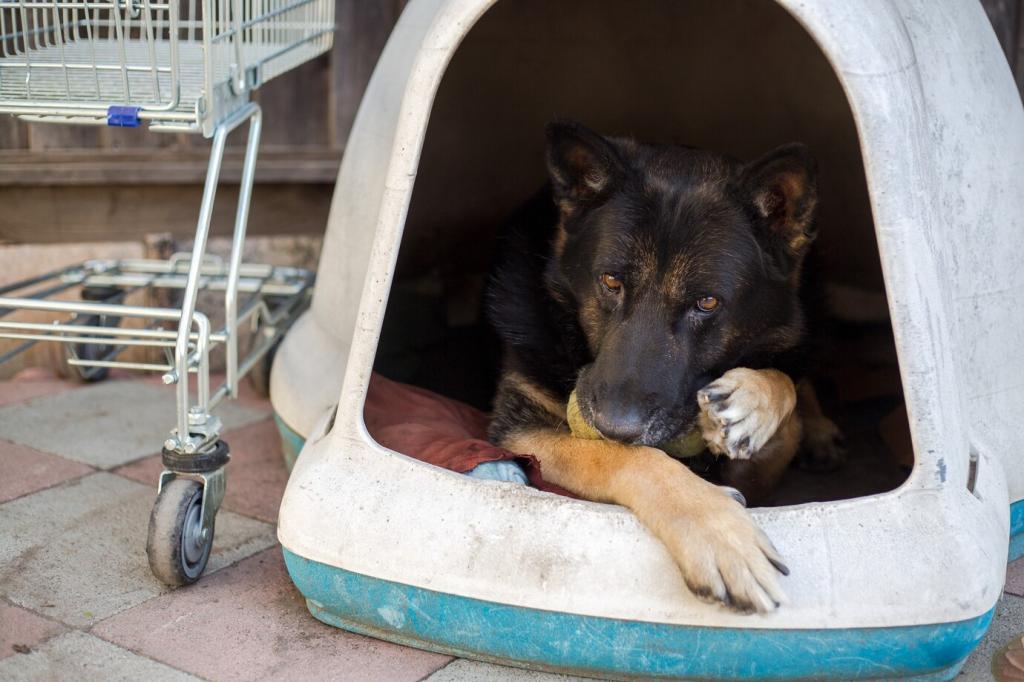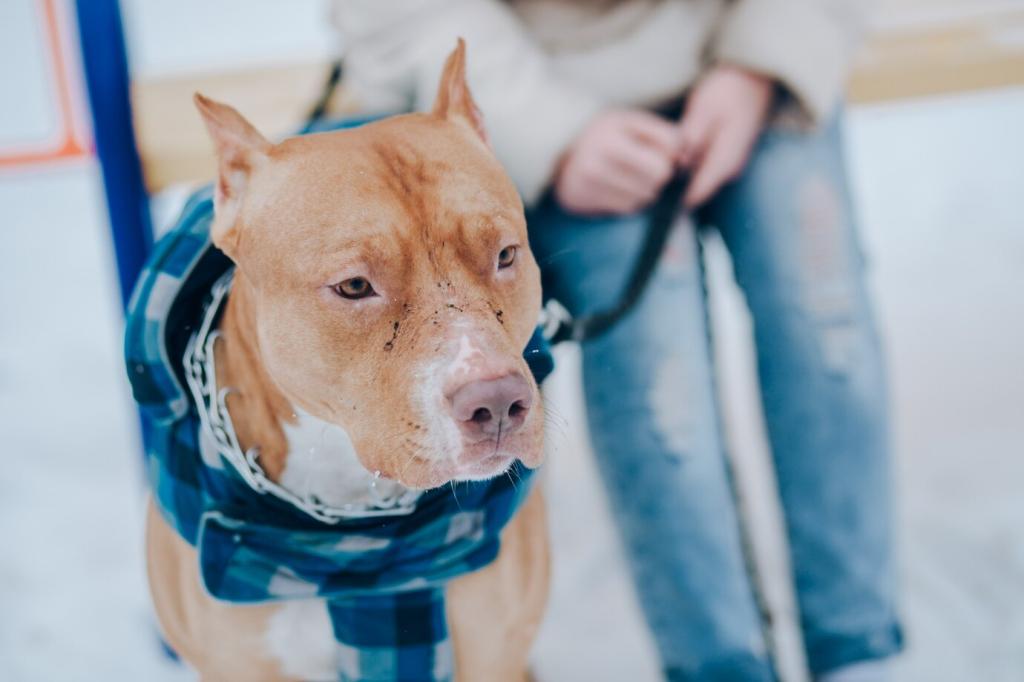Controlling Bleeding and Caring for Wounds
Apply firm, steady pressure with a clean pad for several minutes without repeatedly lifting to check. Add layers if blood soaks through; don’t remove the first pad. Elevate only if it does not cause pain. Tell us which materials worked best when your dog nicked a paw or your cat scraped a leg.
Controlling Bleeding and Caring for Wounds
Use a non-stick pad, wrap with gauze, then cohesive bandage—not too tight. Leave toes visible to monitor swelling and warmth. Prevent chewing with a soft cone or temporary muzzle. Share photos of your practice bandage technique, and we’ll feature clever, secure wraps that stayed put during car rides.

